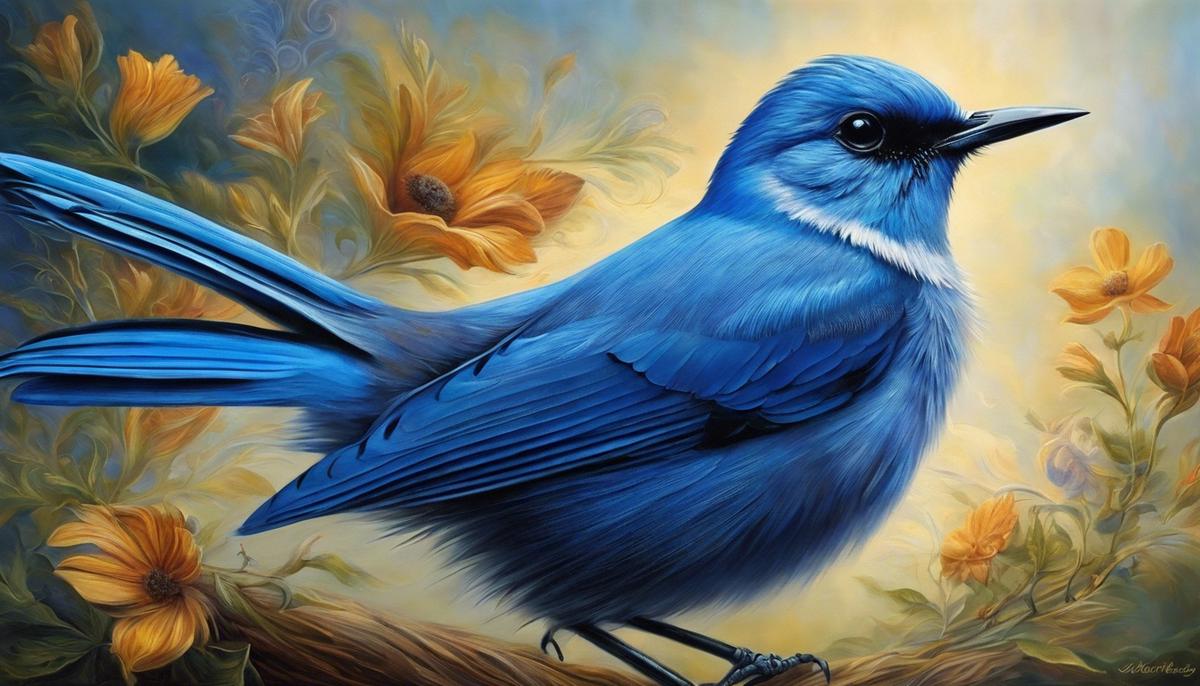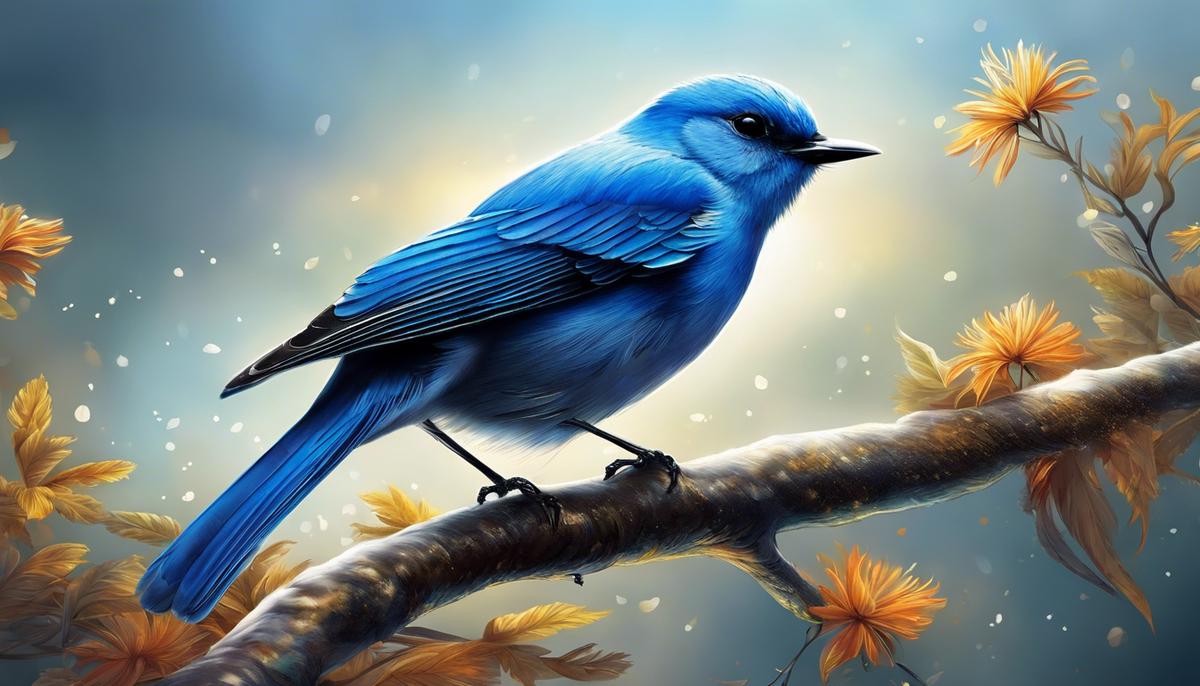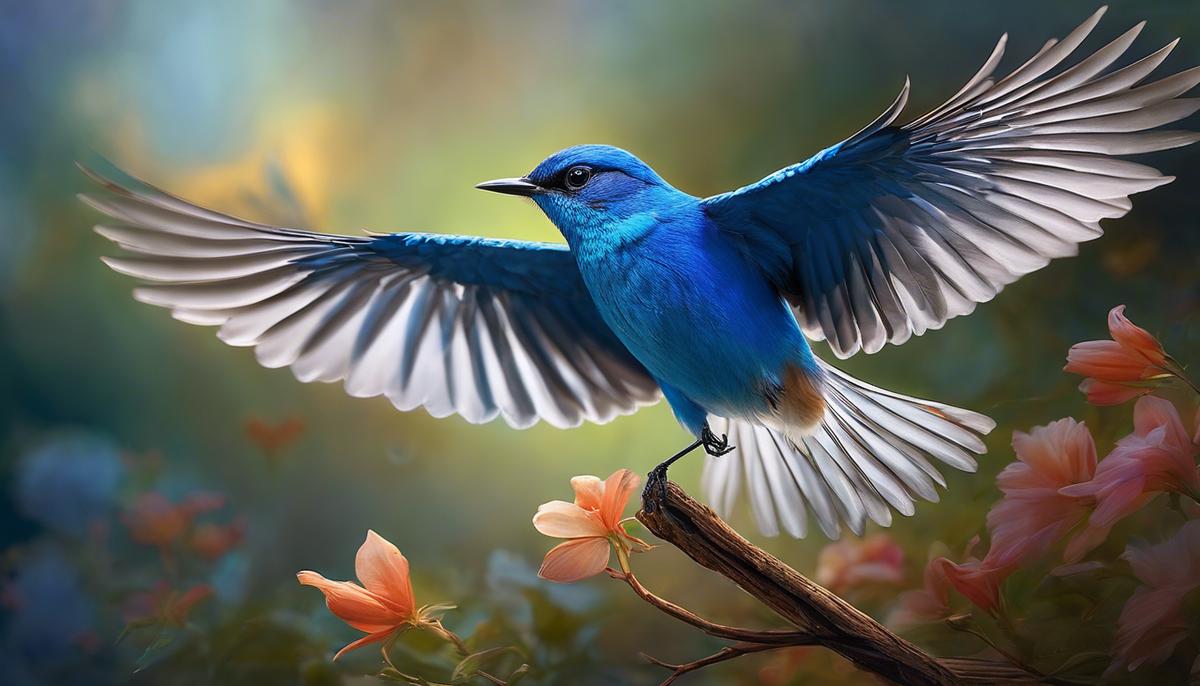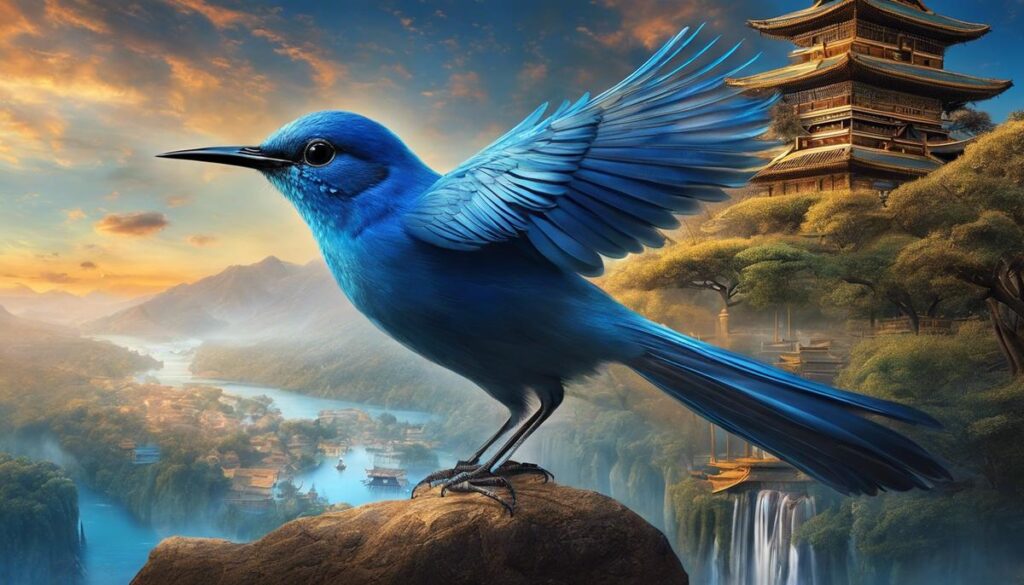Blue birds, ethereal creatures darting across the azure sky, have throughout history been associated with joy, serenity, prosperity and the coming of spring. Their vibrant color and graceful flight evoke a sense of peace and hope, and when they flutter into our dreams, they bring with them a plethora of meanings, deeply rooted in the rich soil of culture, mythology, psychology, and spirituality. The enticing world of dreams serves as a bridge between the conscious and the unconscious mind, and the symbolism of blue birds in this mystical realm navigates through the undercurrents of our internal worlds, transcending time, space and culture. This exploration into the historical and psychological interpretations, as well as modern-day perspectives of blue birds in dreams, aims to weave together strands of understanding, painting a comprehensive picture of this fascinating dream symbol.
Historical Interpretations of Blue Birds in Dreams
The Historical Significance of Blue Birds in Dreams: An Insightful Journey
The perplexing sphere of dreams and their interpretations holds a distinct fascination for many individuals. One aspect that often transcends the borders of cultural and geographical boundaries is the occurrence of animals in dreams, specifically blue birds. This article aims to shed light on the fascinating historical importance that blue birds hold in dreams.
Dreams have assumed integral roles in human societies, across different epochs and cultures. The blue bird, in particular, has commanded a significant place in a myriad of dream lore. From diverse cultural beliefs to scientific dream interpretation approaches, the depiction of the blue bird abounds with rich symbolism and significance.
Unanimously, throughout cultures and history, blue birds appearing in dreams are considered to be auspicious symbols, often linked to joy, prosperity, and the promise of happiness. Native American cultures, for instance, regarded the dream appearance of the blue bird as a divine message of transformation and renewal. Within this cultural context, the bird’s blue plumage epitomized the sky and spiritual realms, metaphorically representing celestial joy and spiritual liberation.
Similarly, in Eastern Asian cultures, dreaming of a blue bird is synonymous with the arrival of good fortune, often tied to wealth or prestigious recognition. The spectral beauty of the blue bird in dreams was seen as an embodiment of nobility and honor, indicating a bright, prosperous future.
But the symbolism of blue birds in dreams is not always positive. Certain interpretations associate them with the spiritual world or occurrences beyond human comprehension. The blue bird appearing in dreams was considered a prophetic sign, indicating an upcoming shift in the dreamer’s life journey.
Stepping into the realms of dream psychology introduced by eminent figures like Carl Jung and Sigmund Freud, interpretation takes a slightly different route. A blue bird, for them, held a mirror to the dreamer’s consciousness, reflecting fruitful creativity, high spirits, or even suppressed emotions seeking release. On the basis of Freud and Jung’s ideas, the blue bird in dreams could function as a conduit for the subconscious, essentially revealing the dreamer’s emotional state and potential for personal growth.
However, the part of dream interpretation that strikes as most intriguing is its highly subjective nature. Despite collective interpretations, a blue bird in one’s dream may carry personal, individualized significance. It may represent personal experiences or emotional segments associated with blue birds.
Regardless of the variety in interpretation, the universal aspect remains – the dream appearance of a blue bird incites curiosity and intrigue, representing a spectrum of possibilities. From cultural, historical, or psychological perspectives, this splendid avian creature gracefully bridges the conscious and subconscious, bringing a unique symbolism to our dreams. Dream interpretation is an immersive narrative of human consciousness, a thrilling adventure, where every symbol, every character, and every interaction can unravel layers of profound understanding, often holding a mirror to the self. Dreams are, after all, a reflection of our waking lives and, sometimes, a glance into the unknown.
In this profound pursuit of understanding dreams, the blue bird has become a harbinger of manifold meanings- a significant beacon guiding the ways into the labyrinthine alleys of dream interpretation.

Psychological Interpretations of Blue Birds in Dreams
Dream analyses have captured the fascination of psychologists for many years, often striking us with wonder and intrigue.
The blue bird, a symbol richly intermingled with significant metaphor and cultural suggestion, further embellishes this complexity.
With the past contextualisation of the blue bird in dreams properly addressed, we explore more specialized nuances, specifically those related to the psychological aspects of dream interpretation.
- The recurring appearance of blue birds in dreams, beyond cultural or spiritual connotations, may indicate a psychological proclivity towards attention to emotional tranquillity, peace and all the aspects it encompasses.
- It could suggest an inner longing for serenity, especially if the individual’s waking hours are fraught with chaos and uncertainty.
With roots firmly established in psychoanalytical theory, psychologists have often linked recurring symbols, such as the blue bird, in dreams to unresolved conflicts or suppressed emotions in an individual’s subconscious.
The blue bird, often seen as embodying freedom and potentiality, can be interpreted as an individual’s subconscious aspiration to unburden itself from the weight of past traumas or conflicts.
From a cognitive psychology standpoint, the appearance of a blue bird could reflect the brain’s impulse to fill gaps in the dream narrative with familiar or desired elements.
Cognitive psychologists theorize that dreaming is, in part, the brain’s way of assimilating, processing, and encoding memories.
The entity of a blue bird, then, may represent individuals’ cognitive efforts to manage their emotions, memories, or experiences during their REM sleep cycle.
Taking a constructivist angle, one could argue the dreamer creates his or her own unique interpretation of the blue bird.
What this means is that depending on one’s life experiences, personal beliefs, and emotional state, the presence of a blue bird in a dream might carry unique meanings and implications.
This approach brings a level of flexibility to dream interpretation, recognizing the subjectivity and uniqueness of every dream.
In conclusion, from an interdisciplinary psychological perspective, the appearance of blue birds in dreams may embody a plethora of meanings or emotions based on individual experiences, emotional states, and psychological leanings.
By understanding dream symbols, such as the blue bird, psychologists can gain an insightful peek into the labyrinth of the subconscious mind, and by extension, a deeper understanding of human nature itself.

Modern Day Perspectives on Blue Birds in Dreams
Interpreting blue birds in dreams through a modern academic lens requires the blend of various psychological, cultural, and personal perspectives. Despite each dream’s inherent uniqueness, the presence of blue birds often acts as an indicator, signifying aspects of life that go beyond a simple bird flying in dreamland.
Cognitive neuroscience presently provides an illuminating framework for comprehending the intricate weave of dreams. Based on this perspective, dreams result from brain activity which, during sleep, engages in integrating and processing information obtained during the day. When a blue bird surfaces in a dream, it signifies the dreamer’s daytime experiences or thoughts linked to what the bird represents.
Neuroimaging studies have further enriched our understanding of dreams. These studies suggested that the brain regions responsible for emotional processing, such as the amygdala, are highly active during dreams. This contributes to an emotionally charged dream landscape, with blue birds often symbolizing a degree of emotional serenity or longing.
Incorporating constructivist viewpoint to dream analysis adds more layers to the interpretation puzzle. Dreams are seen as a platform where symbols, such as the blue bird, are reconstructed from the person’s database of experiences, attitudes, and emotions. This makes the understanding of blue birds in dreams highly subjective and personal.
Neurological and psychological approaches to dream analysis cannot, however, capture the whole essence of what blue birds represent in dreams. Social and cultural contexts play an immense role in shaping dream narratives and their interpretation. A contemporary manifestation of this lies in the globally recognized image of the Twitter bird – a blue bird that signifies communication and technology. In dreams, the presence of such a symbol could indicate one’s neural processing of these themes.
Some theories in evolutionary psychology suggest that dreams serve a problem-solving function. The presence of a blue bird in dreams could represent an aspiration for tranquility or harmony, serving as a subconscious aid to resolving real-life conflicts associated with it. Similarly, the ‘Threat Simulation Theory’ proposes that dreaming is an ancient biological defense mechanism that provides an evolutionary advantage. Through this lens, a blue bird in a dream could symbolize an inherent desire to evade potential dangers linked to the loss of peace or happiness.
The analytical interpretations based on individual dreams are largely exploratory, and blue birds in dreams open a plethora of potential meanings. While scientific advancements have aided in shedding light on the complex infrastructure of dreams, it still remains elusive, echoing the joy and fascination scientists derive from exploring the mystique nature of our subconscious. The blue bird in dreams continues to inspire investigations into the world of dreams, serving as a testament to the poetic dance between science and symbolism.
In conclusion, dream images such as the ubiquitous blue bird, far from being mere eccentricities of the nocturnal mind, serve as worthy subjects of academic and scientific scrutiny. They symbolize the beautiful enigma our minds are capable of producing while sleeping, luring us into deeper introspection about our conscious existence. As long as dreams continue to puzzle and fascinate us, blue birds will soar in these night skies, leading us on our quest for understanding the human mind.

As we soar across the annals of history, traverse the complex realms of psychology, and delve into the ever-evolving digital world of modern interpretation, we uncover the multi-faceted symbolism of blue birds in dreams. From sacred totem animals in native traditions, to psychological archetypes, and contemporary internet interpretations, the blue bird remains a potent symbol of our deepest hopes, fears, and aspirations. Whether seen as divine messengers, harbingers of joy, or symbols of psychological transformation, blue birds manifest in our dreams to unfurl messages from the deepest folds of our subconscious, offering glimpses into hidden truths and shrouded emotions. As such, every flight of a blue bird through the landscape of our dreams is a meaningful journey, a mystical dance of the psyche that truly deserves introspection.







